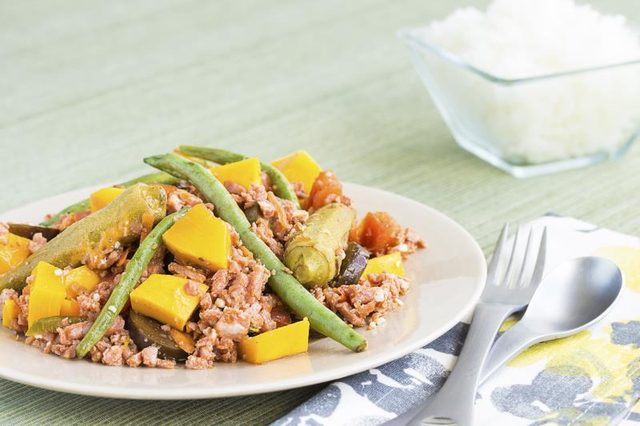Breakfast is the most important meal of the day, but that doesn’t mean it’s okay to scrimp on lunch. Whether you’re in school or at work, you need that midday meal to keep up your energy for the rest of the day. If, like most students and yuppies, your idea of a regular lunch is soda and crackers, you’re a long way from eating right.
So what makes a healthy lunch? If you want something that’s light but filling, Filipino food is your best bet. For one thing, it’s cheaper than buying fast food or ‘light’ snacks like coffee and cookies. It also lets you choose exactly what goes into your food. It doesn’t have to be rice-based or anything heavy; there are lots of easy Filipino recipes you can prepare at home. Here are a few tips to help you get started.
Plan ahead
Planning is the key to preparing healthy lunches and to healthy eating in general. When you know what you’re having for the next few days, you won’t be tempted to pick up that extra soda or grab an ice cream
for dessert. At the start of the week, list down your lunch choices and make a shopping list based on your
picks. Buy more than you need so you can pack a little extra for mid-afternoon munching. When planning your meals, consider the time you can spare each day for cooking. A half hour is all you need to fix a sandwich or toss up a quick salad. On really busy days, you can just buy frozen food and packed drinks.
Alternatively, you can prepare and pack your lunches in advance on light days, so you can just pick them
up when you’re in a hurry.
Have something fresh
Make fresh fruits and vegetables your lunch box staples. Remember, lunch has to be lighter than breakfast; otherwise you’ll feel drowsy all afternoon. Fresh produce fills you up fast but doesn’t slow down
your body. Salads and veggie wraps are a great way to work vegetables into your meal. If you’re watching your weight, you can replace heavy Filipino desserts recipes with fresh fruit. A chilled apple or a couple of melon slices can satisfy your sweet tooth without piling on the calories.
Most groceries sell fruits and vegetables packed into serving-size portions. It’s very convenient, but you
can save as much as 50% of the price if you buy them whole and prepare them yourself. It takes about 10 minutes to peel, slice, and pack a week’s worth of food.
Don’t follow your cravings
When shopping for lunch items, you tend to pick up the things you crave at that very moment. More often
than not, you’ll either be tempted to eat it ahead of time, or your craving will have passed by the time you
pack it. It’s best to stick to your old favorites, be it a simple tuna sandwich or classic Filipino food recipes. Pick up a few treats for variety, but don’t make them your entire meal. But to avoid the problem altogether, don’t shop with an empty stomach-when you’re hungry, your mind goes wild at the sight of food. The best times to shop are usually late morning, just after breakfast or your midmorning snack.
Watch your portions
Some containers may not look big, but they hold a considerable serving. Be careful not to overdo your
portions, as many tend to do when pre-packing. Again, it’s best to pack when you’re full so your cravings
don’t influence your serving sizes. Get containers that hold only the appropriate portions, or have a small
‘portion bowl’ approximately the size of a regular serving, so you can measure your servings before packing them.
Pack light
A lot of Filipino cooking recipes come with heavy sauce or soup, which makes them hard to pack for
lunch. If you’ve ever spilled lunch inside your bag, you’ll know how important it is to use the good, tightly
sealed containers. Better yet, don’t pack heavy lunches to avoid the risk. You can keep sauces and condiments for dry food in your office, so you don’t risk spilling them on the way.
If you do pack saucy dishes, try packing the solid and liquid parts separately. Use a disposable container
for pasta or vegetables, and a regular suction-sealed one for the sauce or dressing. Invest in containers
with tight rubber seals. They’ll cost you more initially, but it’s well worth the trouble you save in the long run.




